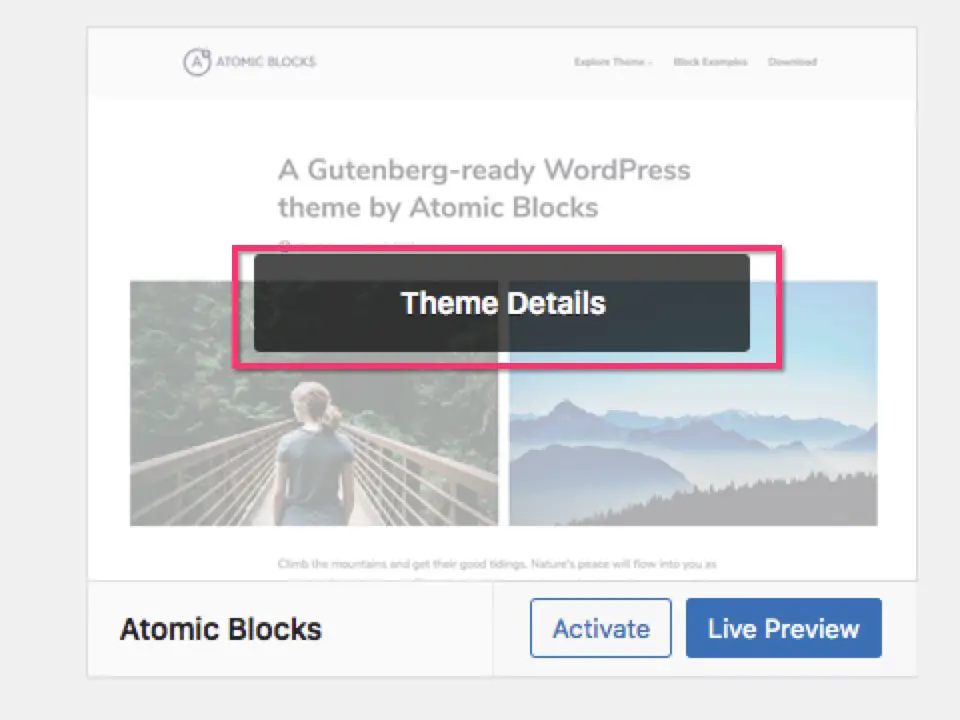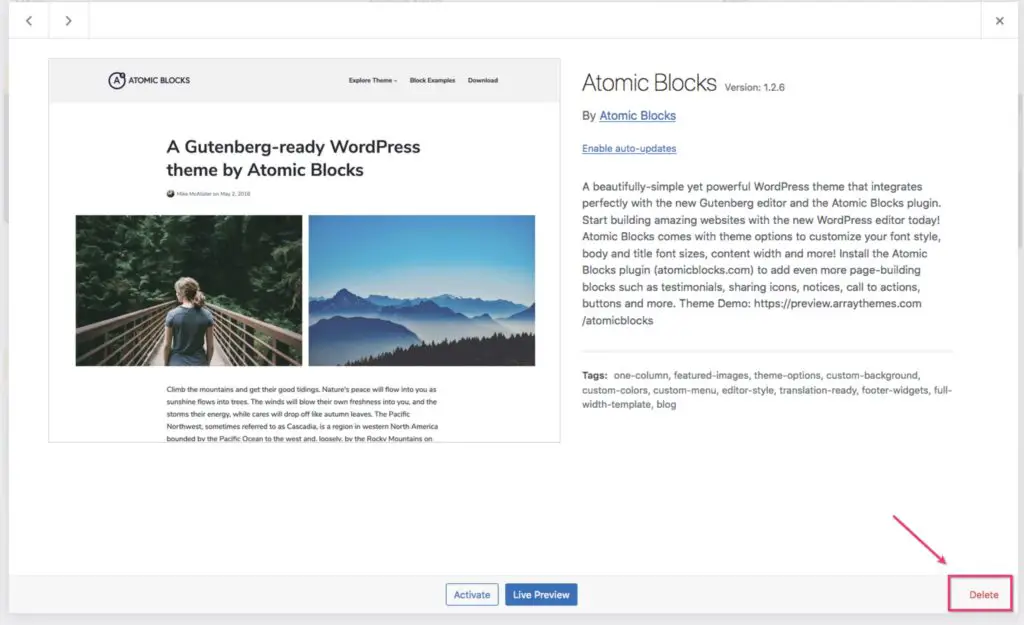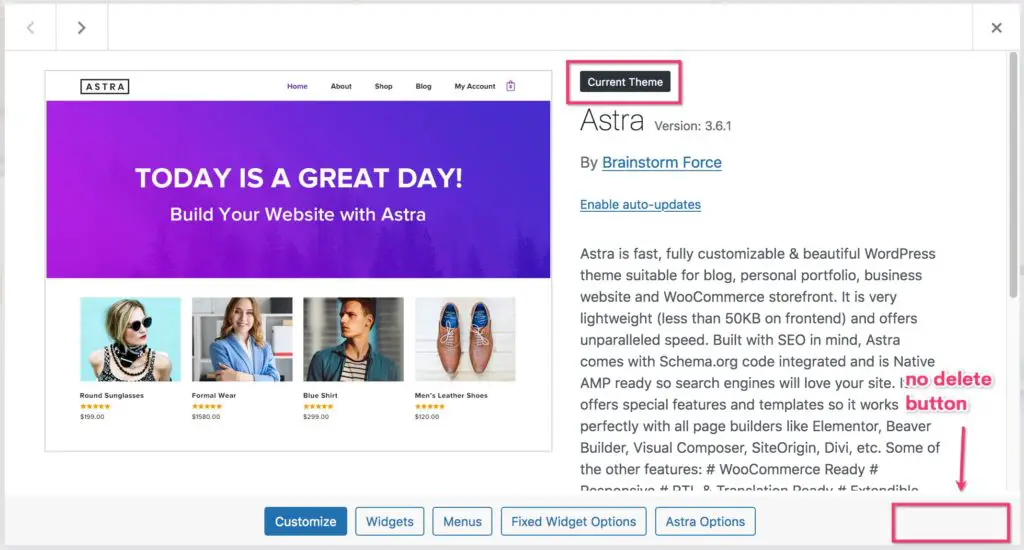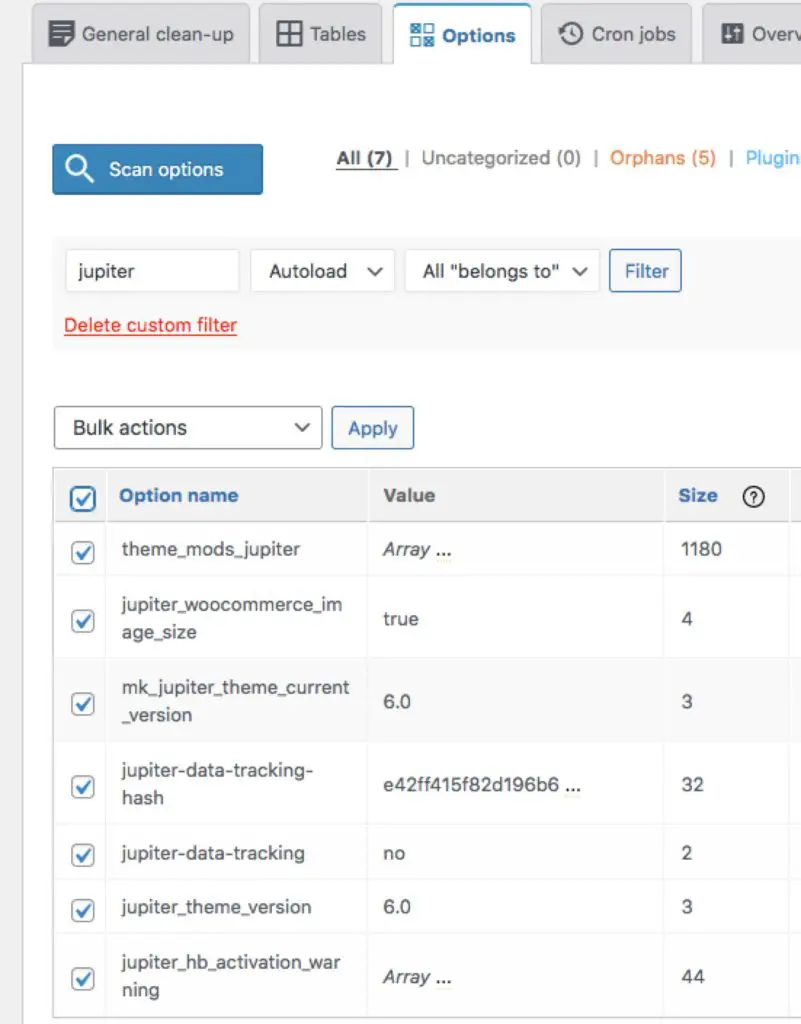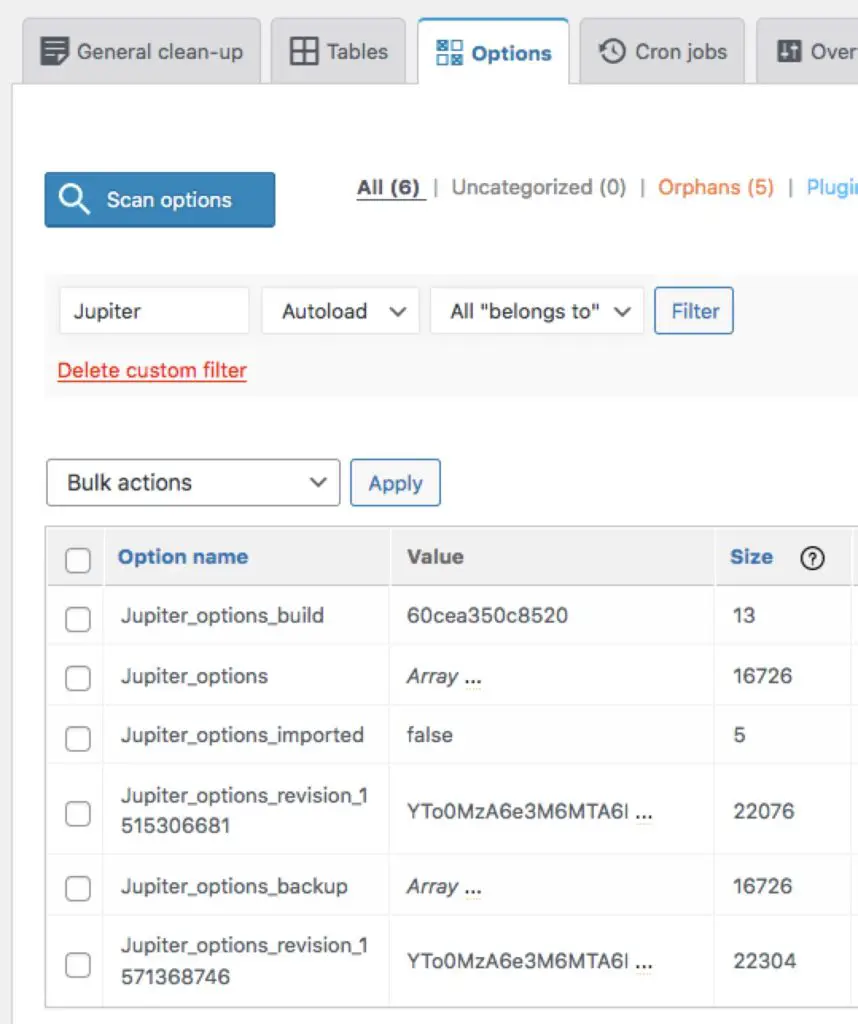How to Delete a Theme in WordPress
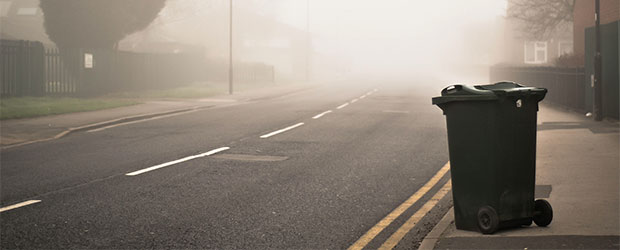
It’s a good practice to remove unused themes so that you don’t have to maintain them with updates for security purposes.
If a theme is installed on your site, it means all the files still exist on your server. That means the code could still be exploited, even if the theme isn’t active. So you either have to maintain the updates for the theme, or you should just remove it.
Your site should have 2 or 3 themes.
- Your active theme
- If your active theme is a child theme, the parent theme must also be installed
- A default WordPress theme – (Twenty something) as a fallback
Any other themes are unnecessary and can be removed.
Table of Contents
Find out what the active theme is
- Go to Appearance → Themes
- The first theme at the top left is the active theme and it will be marked as such:

How to delete a theme from your WordPress admin
It’s easy to delete a theme from your WordPress site.
- Go to Appearance → Themes
- To delete any other theme besides the active one, mouse over it then click Theme Details.
- In the popup, at the bottom right you will see the Delete button.
- On clicking that button, all theme files will be removed from the server.
How to delete a WordPress theme from cPanel or via FTP
- Locate the File Manager in your cPanel or web hosting control panel.
- Navigate to: wp-content/themes
- Find the folder of the theme you wish to delete.
- Right-click and select Delete
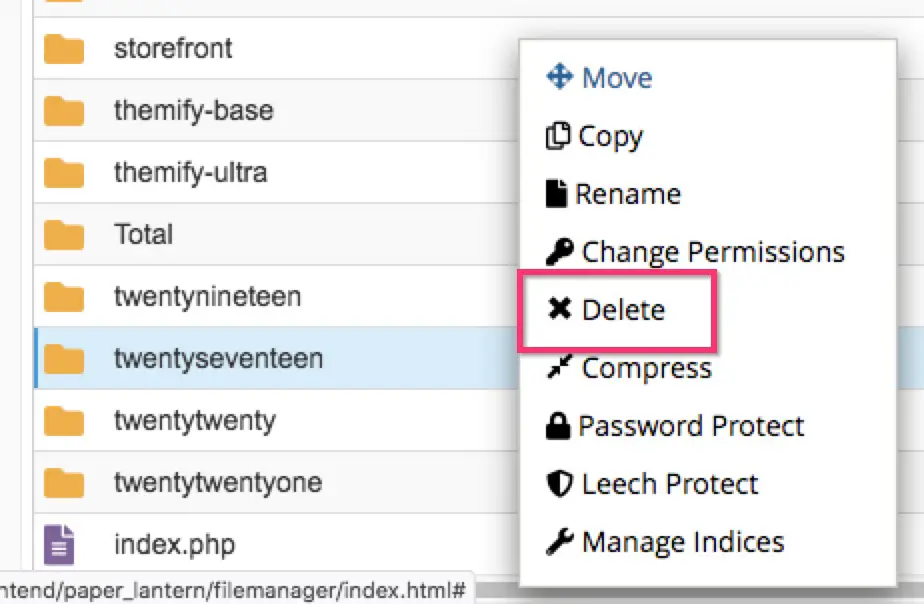
There’s 2 possible reasons you won’t see a delete button on your theme:
- You can only delete a theme using the admin when it’s inactive. So if you are not seeing a delete button, it could be because you are trying to delete the active theme.
- If you are using a child theme, the parent theme will not have a delete button
How to delete a child theme in WordPress
You can delete a child theme in the same way as any other, although you should double-check that any special code you added to your child theme’s functions.php or other files, is no longer needed.
To check if you are using a child theme or not, go to the Themes page and click on Theme Details for your active theme. If it’s a child theme, you will see a notice:
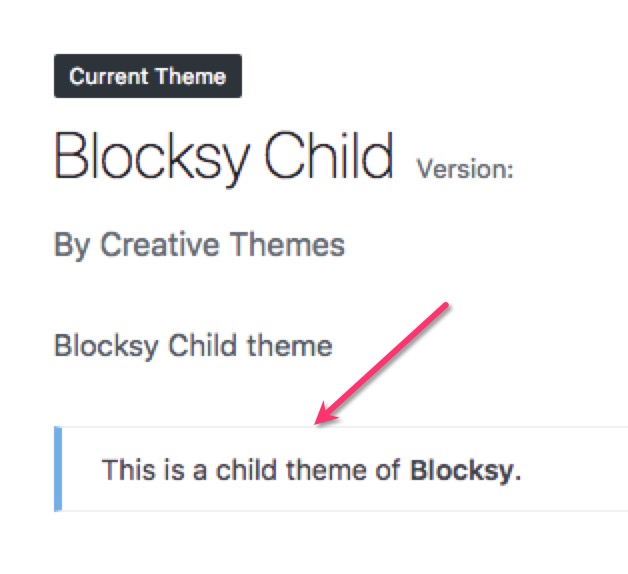
Delete a WordPress theme from the database
The above methods address the removal of theme files from your site.
But themes also store some information in the database. For example, any customization options are saved in the database and when you delete a theme this information may be left over. Additionally, a theme may have registered Custom Post Types and the content will be left behind when the theme is removed.
This kind of cleanup gets a bit more technical and it’s not strictly necessary. Consider the following to be “bonus” tips.
Removing theme-specific Custom Post Type content
Custom Post Types are additional types of content beyond the standard posts and pages.
When you activate a theme, if you see more menu tabs in your admin with items like Portfolio, Slider, etc, these are custom post types.
If you wish to clean these up after you’ve already deleted the theme, there is a handy plugin called Custom Post Type Cleanup.
This gives you a simple interface from which you can remove unused custom post types.
If you’ve installed and deleted multiple themes and plugins in the past, you may be surprised at how much unused content there is:
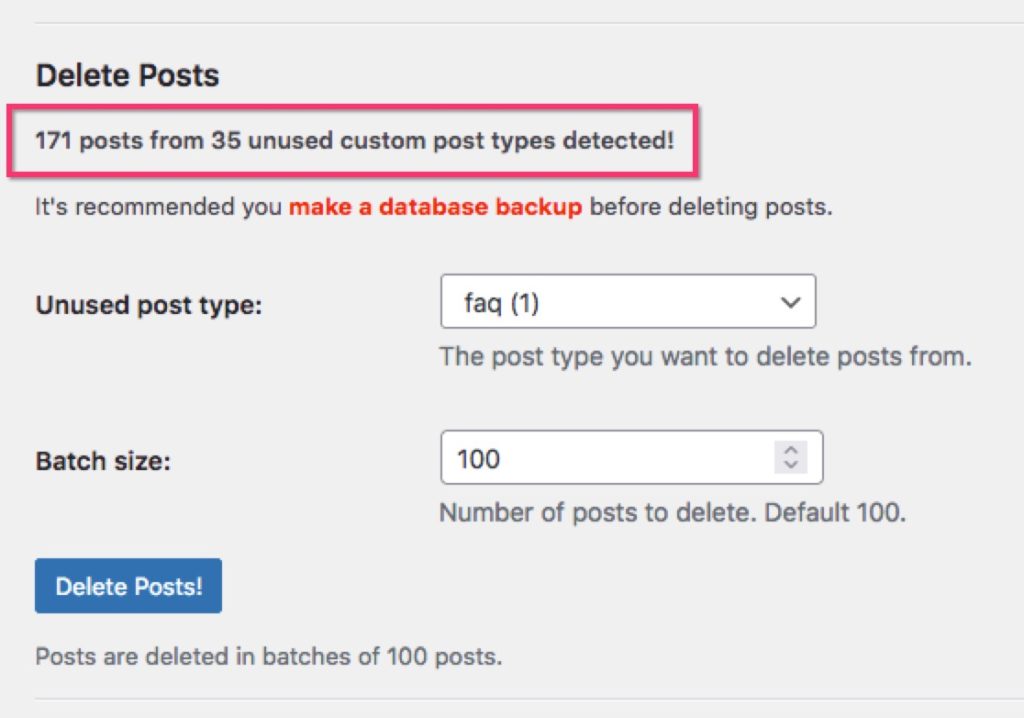
Before taking this step, I recommend you check your site to make sure you don’t need to retain the information from this content for any reason. If you do, you can use the option to re-register the post types temporarily, then you can copy/paste any content you want to keep into a file or into other posts/pages.

Is there any advantage to keeping this content?
If you think that you might reinstall the associated theme or plugin in the future, keeping the content will mean that it will magically reappear as soon as you reactivate that theme. But it you delete it, it’s gone forever (except for of course that database backup you have, right?!)
Removing theme-specific database entries
If you want to do a full surgical removal of everything in the database, you’ll need a tool like Advanced DB Cleaner PRO.
To test it, I went fishing for leftovers in the database after deleting the theme from the admin. Using this plugin I found several remnants and was able to successfully remove them:
The search is case sensitive, so searching for “jupiter” will find different entries than searching for “Jupiter”. I’m not picking on this specific theme – I found leftovers with others too because there isn’t really a standard way that themes clean up this kind of data on deletion.
This step probably isn’t necessary in the vast majority of cases, but it is just about the only way to to do a deep clean and thorough removal.
I would certainly recommend making a database backup before using this or any plugin that removes content from your database….. just in case!
- Some themes require or recommend companion plugins for use with the theme. Those could be deleted as well.
- Demo content: If you imported the theme’s demo content when setting up your site, it would have created several posts/pages. If they are no longer needed, manual deletion of this content from your admin is easiest.
- Demo images: These likely came along with the demo content mentioned above. Try a plugin like Media Cleaner to identify unused images.
In conclusion, deleting a theme from your site can be as simple as clicking a button in your WordPress admin. But if you want to get into the gory details you’ll need a couple of extra tools and a little technical know-how.

